As household budgets continue to be squeezed by the high cost of living, many people across the UK are searching for information on potential financial support. If you’ve heard talk about a UK £200 Cost-of-Living Payment in October 2025, you’re in the right place to get the facts. With bills for energy and essentials still a major concern for families, understanding what help is available is more important than ever. While there have been several government support schemes over the past few years, the way assistance is provided has changed. This article will break down exactly what the UK £200 Cost-of-Living Payment in October 2025 is, who is eligible, and how you can apply for it.
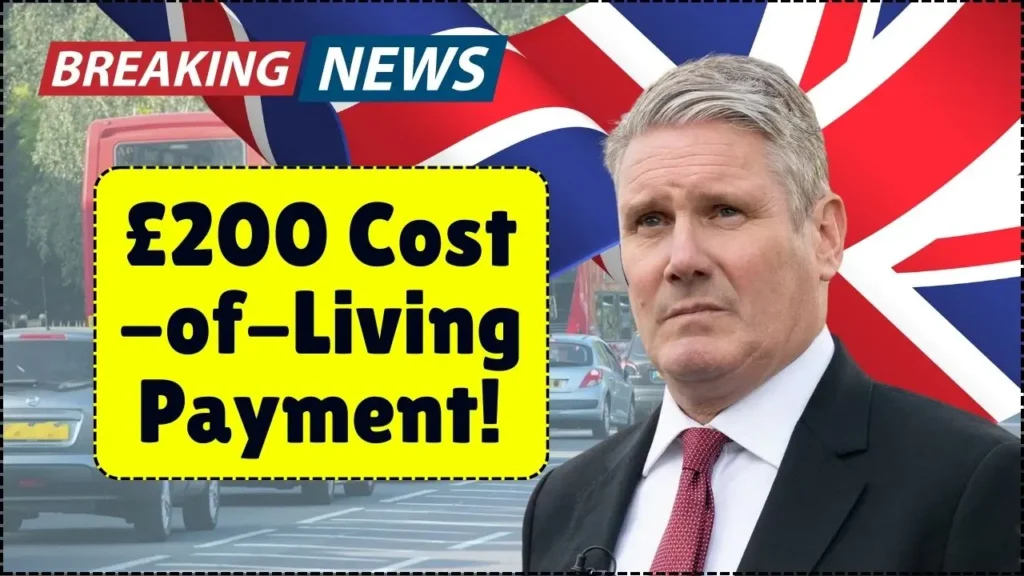
It is essential to clarify from the outset that there is no new, nationwide cost of living payment being automatically sent out by the Department for Work and Pensions (DWP) this autumn. The rumored UK £200 Cost-of-Living Payment in October 2025 actually refers to support distributed through the Household Support Fund (HSF). This is a crucial distinction. The HSF is a pot of money the central government gives to local councils, who then decide how to help residents in their specific area. This means eligibility rules and payment amounts can vary significantly from one town to the next, and you must apply for it directly.
UK £200 Cost-of-Living Payment in October 2025
| Feature | Description |
|---|---|
| Payment Name | Household Support Fund (HSF) |
| Governing Body | Local Councils (not central DWP) |
| Payment Amount | Varies by council; some offer payments of £150 or £200 |
| Eligibility | Determined by each local council, often based on low income, receipt of certain benefits, or specific circumstances |
| Application | An application is typically required through the local council’s website; it is not an automatic payment |
| Payment Dates | Varies by council; some schemes have application deadlines in October 2025 |
Understanding the Household Support Fund Payment
- The previous series of Cost of Living Payments, which were automatically paid by the DWP to people on certain benefits, officially concluded in February 2024. The government has confirmed there are no current plans for more of these national payments. Instead, the focus has shifted to a more localized approach through the Household Support Fund.
- The government has extended the HSF with significant funding to run until March 2026. This money allows local authorities to design support schemes that fit the unique needs of their communities. For some, this might be a direct cash payment to help with bills. For others, it could come in the form of supermarket vouchers or direct help with energy costs. The key takeaway is that the support is there, but you now have to actively seek it out from your local council rather than waiting for it to arrive in your bank account.
Is There a National £200 Cost of Living Payment in October 2025?
To put it simply, no. Any reports suggesting that the DWP is making another automatic, UK-wide payment of £200 are incorrect. The financial assistance people may receive this autumn, which could be around £200, is from their local council’s portion of the Household Support Fund. This move from a centralized to a devolved system means that while the UK £200 Cost-of-Living Payment in October 2025 is a reality for some, it is not a universal entitlement. Your eligibility depends entirely on where you live and your personal circumstances, as defined by your local authority.
How the Household Support Fund (HSF) Works
- The HSF provides a flexible way for councils to support their most vulnerable residents. By giving local authorities control, the fund can be targeted more effectively. For example, a council in a coastal area with many older residents might focus its support on pensioners, while a council in a city with many young families might prioritize helping those with children.
- This flexibility is great for targeting need, but it places the responsibility on you, the resident, to find out what’s available. You will need to check your council’s website and go through an application process. Because the funding for each council is finite, these schemes often operate on a first-come, first-served basis, so it’s vital to act quickly once a scheme opens.
Eligibility Criteria For UK £200 Cost-of-Living Payment: Who Can Get the Payment?
This is the most important question for anyone wondering about the UK £200 Cost-of-Living Payment in October 2025. Since each council sets its own rules, there is no single answer. You must check with your local authority. To give you a real-world example, let’s look at the scheme offered by Portsmouth City Council. They are providing a utilities payment of £150 for single-person households and £200 for couples or families to help with energy and water costs. Their eligibility criteria require applicants to be a resident of Portsmouth and meet one of the following conditions:
- Be a pensioner receiving Personal Independence Payment (PIP), Attendance Allowance, or Disability Living Allowance.
- Be a carer who gets Carer’s Allowance or the Carers Element of Universal Credit.
- Be a single parent receiving Universal Credit.
- Be a working-aged adult on a low income with a Limited Capacity for Work (LCW) who is not on PIP.
Applicants must also have a household income below a certain threshold (£935 for single adults, £1,350 for couples). This is just one council’s approach; the criteria in your area could be entirely different.
How to Apply for Support from Your Local Council
Since the UK £200 Cost-of-Living Payment in October 2025 is not automatic, you need to apply. Here’s a step-by-step guide:
- Find Your Local Council: If you’re not sure who your local council is, you can easily find out on the GOV.UK website by entering your postcode.
- Search the Council’s Website: Once you know your council, visit their official website and search for “Household Support Fund”. This should take you to a dedicated page explaining their scheme.
- Review the Criteria and Apply: Read the eligibility rules carefully. If you believe you qualify, you will need to fill out an online application form. Be prepared to provide information about your income, benefits, and household circumstances.
- Don’t Delay: These funds are often limited. The Portsmouth scheme, for example, closes at 12 noon on Monday, 27 October 2025, or sooner if the funds run out. It pays to apply as soon as the window opens.
Other Financial Support Available in 2025
Even if you don’t qualify for the UK £200 Cost-of-Living Payment in October 2025 through the HSF, other forms of assistance are available:
- Winter Fuel Payment: Pensioners can expect to receive between £100 and £300 in winter 2025-2026 to help with heating bills. This payment is usually automatic for those eligible.
- Discretionary Housing Payment (DHP): If you receive housing benefits but still can’t cover your rent, your council may be able to help with a DHP.
- Budgeting Advance: If you’re on Universal Credit and face an unexpected expense, you might be able to get an interest-free loan known as a Budgeting Advance, which you repay from future benefits.
- Alternative Fuel Payment: A £200 payment is available for households not connected to the main gas grid that use alternative fuels like heating oil or biomass for heating.
FAQs on UK £200 Cost-of-Living Payment in October 2025
1. Is the £200 payment from the Household Support Fund automatic?
No, it is not. Unlike the previous national Cost of Living Payments, you must actively apply to your local council for support from the Household Support Fund. Eligibility and application processes vary by council.
2. What can I do if my council’s Household Support Fund has run out of money?
Unfortunately, these funds are limited. If your council’s scheme has closed, it’s a good idea to check their website for other forms of local welfare assistance. You can also contact organizations like Citizens Advice for guidance on other support you may be entitled to.
3. Can I get a payment from the Household Support Fund if I am working?
Yes, in many cases. Eligibility is not always restricted to those who are unemployed or on benefits. Many councils have criteria designed to help low-income working households who are struggling to make ends meet. Check your specific council’s rules to see if you qualify.
4. How is the Household Support Fund different from the old DWP Cost of Living Payments?
The main differences are the source and the application process. The old DWP payments were automatic, national payments for people on specific benefits. The Household Support Fund is a discretionary, application-based fund managed by local councils, with eligibility criteria that vary by area.
5. Where can I find my local council’s website to apply?
The easiest way is to use the official government council finder tool on the GOV.UK website. Simply enter your postcode, and it will direct you to your local authority’s website, where you can search for information on their Household Support Fund.




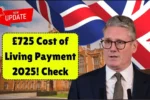
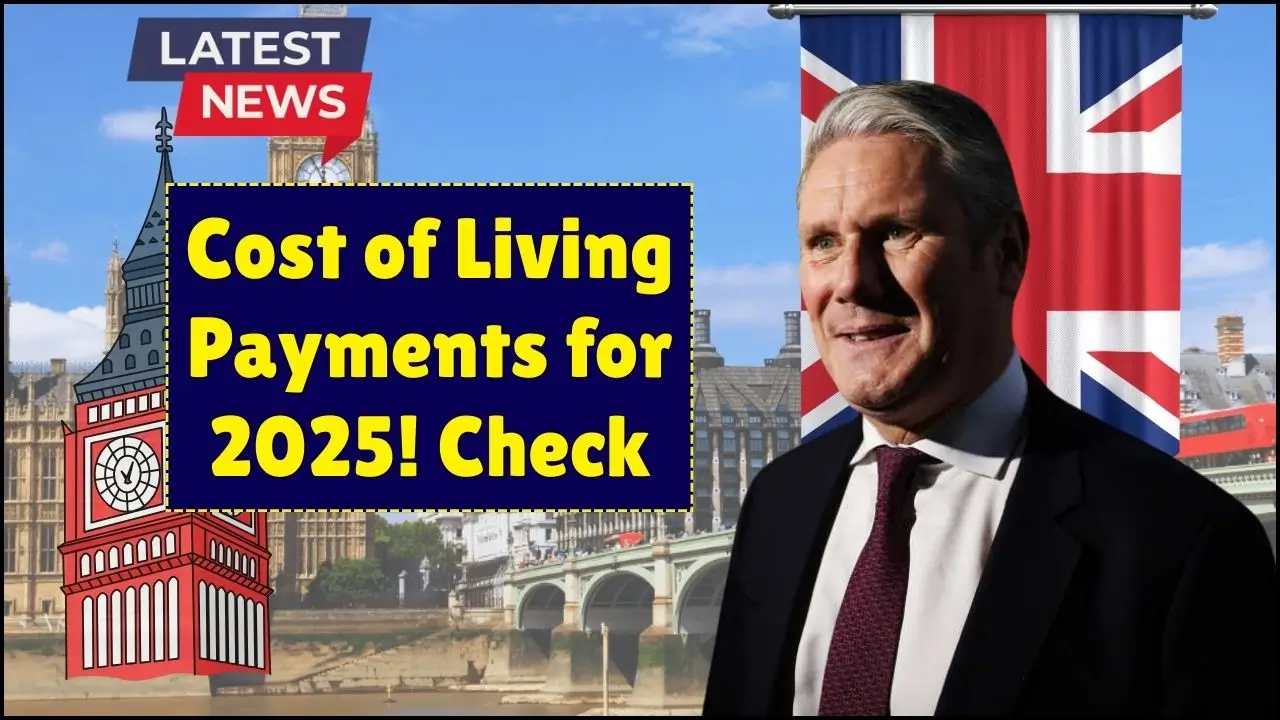

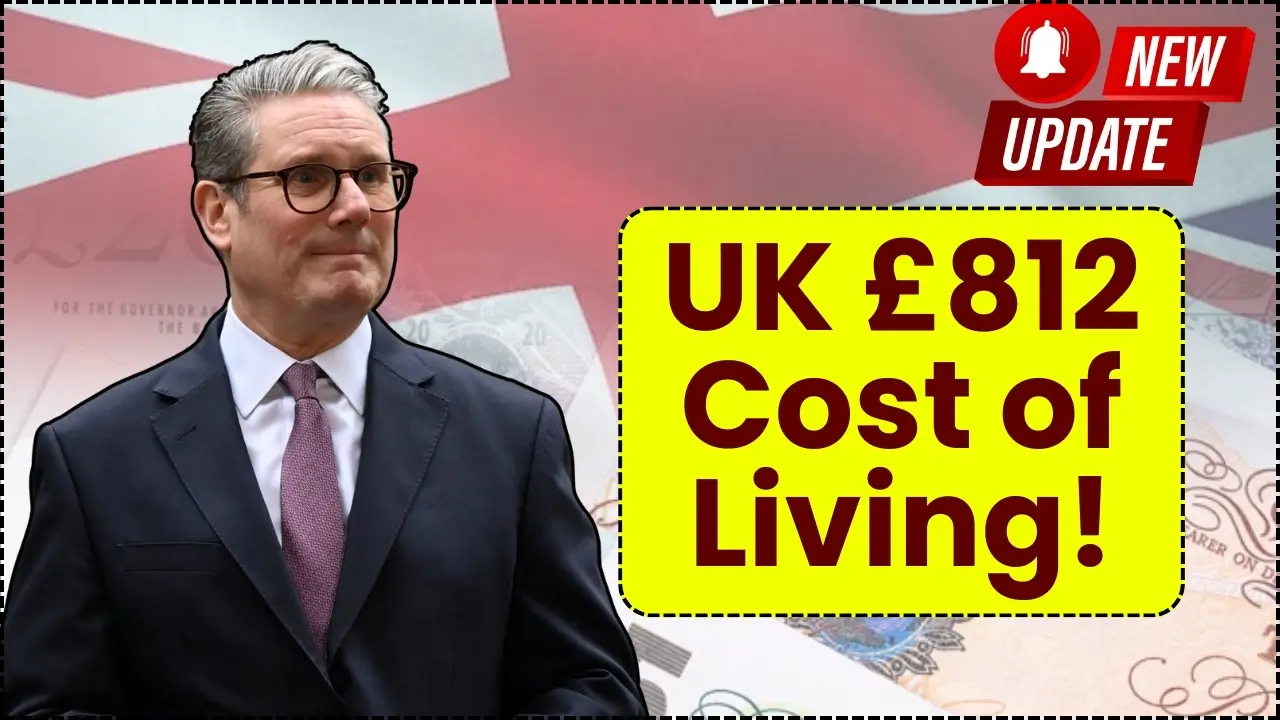

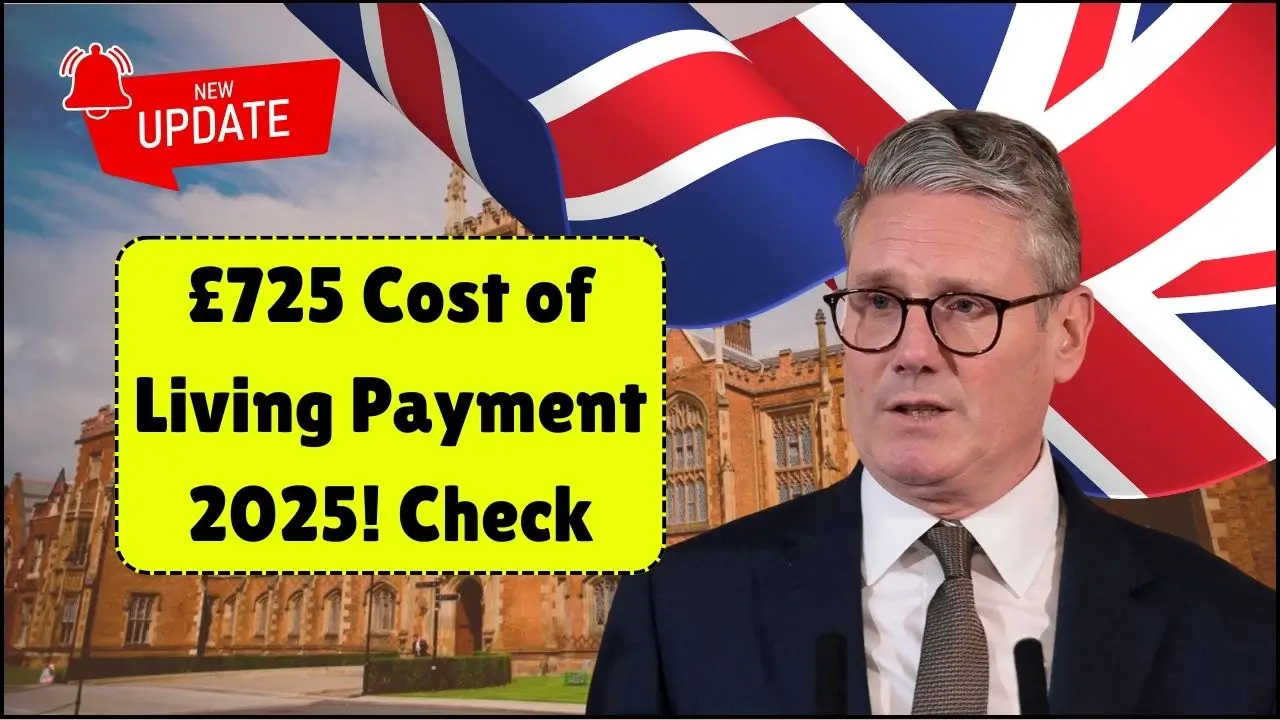
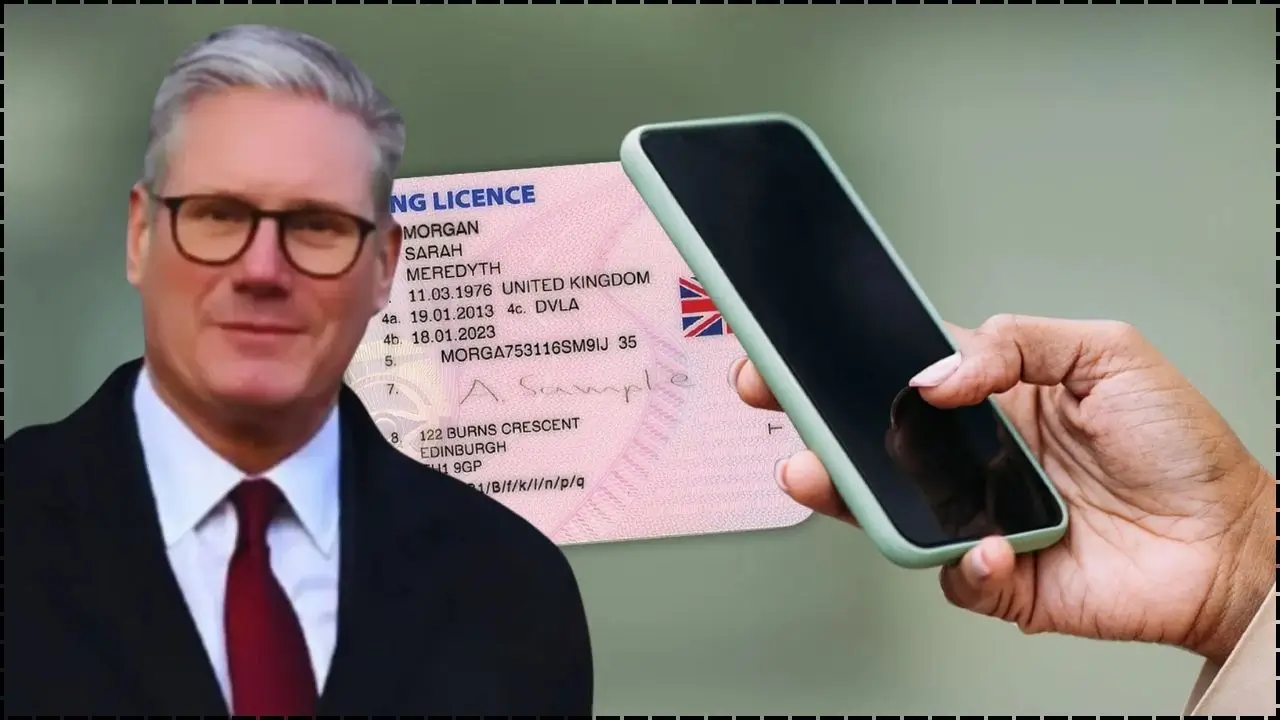


 Claim Here!
Claim Here!